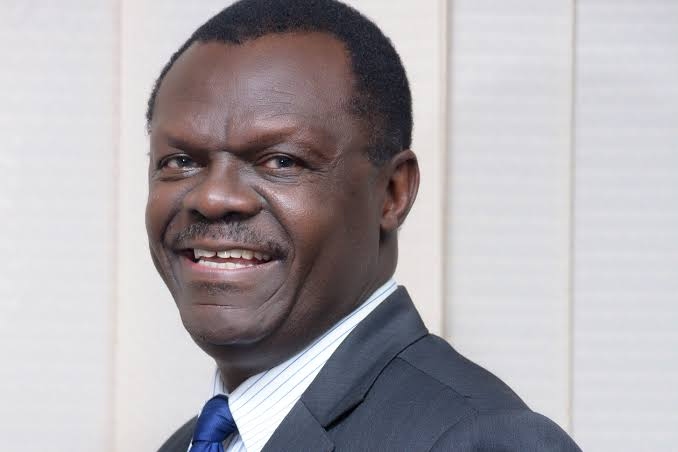Mr Patrick Ayota’s inaugural year as Managing Director at the National Social Security Fund (NSSF) coincided with the announcement of the Fund’s annual financial performance last week. Mr Ayota took…
Patrick Ayota reflects on strategic decisions that drove the Fund’s performance- and the future ahead


